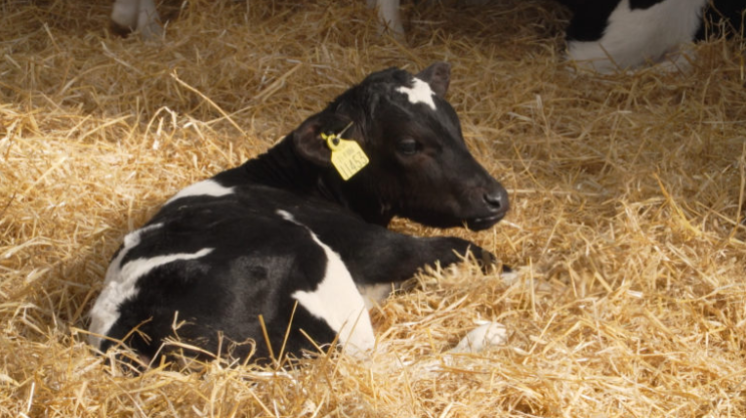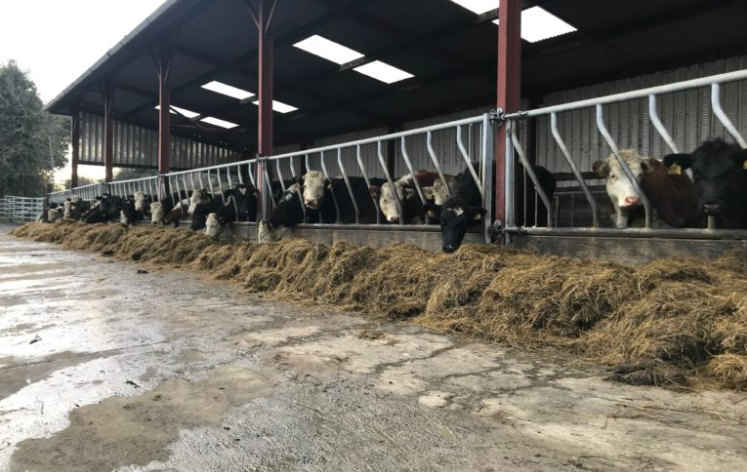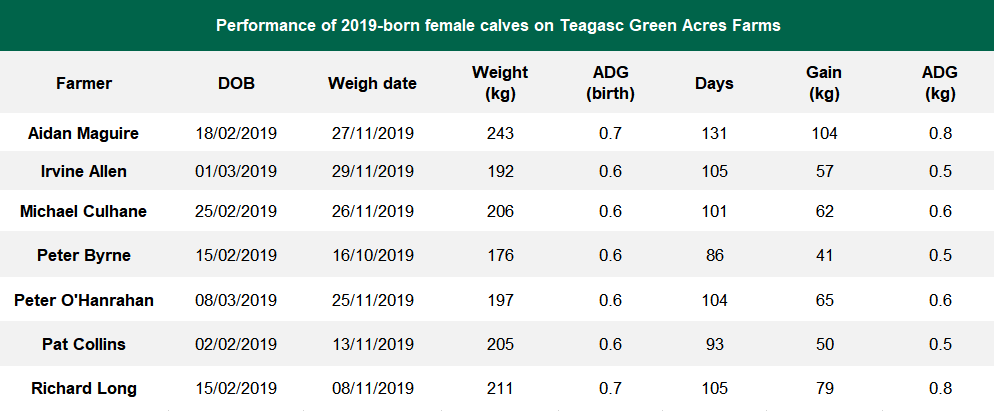While the majority of Teagasc Green Acres Calf to Beef Programme farmers are gearing up to purchase the next batch of spring-born calves, in the following article, we will examine the performance of 2019-born calves that have been reared throughout 2019.
The following data has been compiled by the Teagasc Green Acres Calf to Beef Programme management team, consisting of Alan Dillon, James Fitzgerald and Seán Cummins.
As of June 1, 2019, there were 991 spring-born calves present on the farms of the participants. Bull calves (756 head) accounted for the majority of these animals, while heifers (235 head) make up the remainder.
Naturally, dairy-bred males represented the largest proportion of the total calves on farm – totalling 510 head – followed by Angus (257 head), Hereford (166 head) and continentals (58 head).
Across the entire data set, sire information has been recorded for 843 calves. 580 of these animals were recorded as being sired by AI bulls, while this figure stands at 263 for stock bulls.
Holstein and Friesian were the predominant breeds, with the ratio of HO:FR genetics (in percentage terms) varying to quite a degree on each individual farm.
The majority of dairy-bred calves are sired by AI bulls (425 calves and 52 sires), 33 calves have no recorded sire, while 52 were registered as being sired by a stock bull.
Some 257 spring-born, Aberdeen Angus calves were purchased by participating farmers last spring – 156 bulls and 101 heifers.
Unlike the dairy-bred male calves, the majority of these animals are registered as being sired by stock bulls (121), 84 are recorded as being AI sired, while 52 have no sire recorded.
The next largest calf sire was Hereford and it accounted for 166 of the spring calves purchased by farmers participating in the programme in spring 2019.
95 of these calves were heifers, while the remaining 71 were bulls. Of this selection of Hereford calves, 69 were sired by stock bulls, 47 were registered to AI sires, while 50 calves have no sire data available.
Animal performance
To ensure the desired levels of animal performance are being achieved at farm level, weighing has been completed at turnout, mid-season and housing on the farms enrolled in the programme in 2019.
Regardless of the system, one of the key targets that must be achieved is an average daily liveweight gain (ADG) of at least 0.7kg/day between the calf rearing and winter housing periods.
Hitting this target is necessary to ensure that males reach approximately 220-240kg and early-maturing females sit at approximately 200kg at housing in November.
Failing to achieve this level of daily gain can potentially point to shortcomings in nutrition or health.
The tables below highlight the level of performance achieved by male and female calves over the course of 2019.
Assuming an average birth weight of 45kg for male calves, the ADG recorded ranged from 0.5kg-0.9kg/day.
In addition, at an assumed birth weight of 35kg, the ADG recorded for female calves ranged between 0.6-0.7kg/day.
Although the performance recorded was largely on target on a number of farms, variability has been observed.
For the most part, poor grassland management and a failure to supply concentrates towards the backend of the year have been identified as contributing factors to the reduced daily liveweight gains observed on a number of farms.




